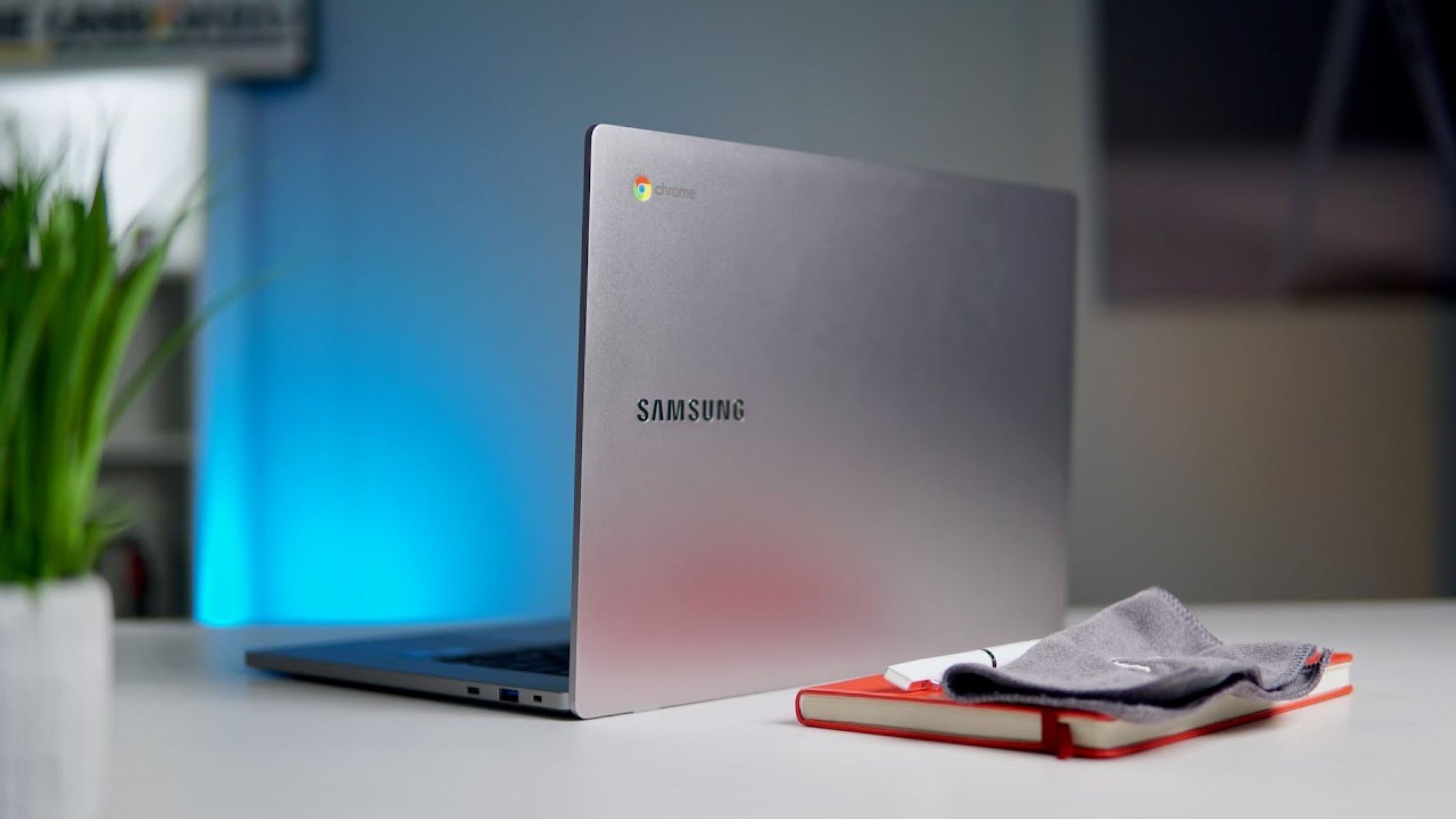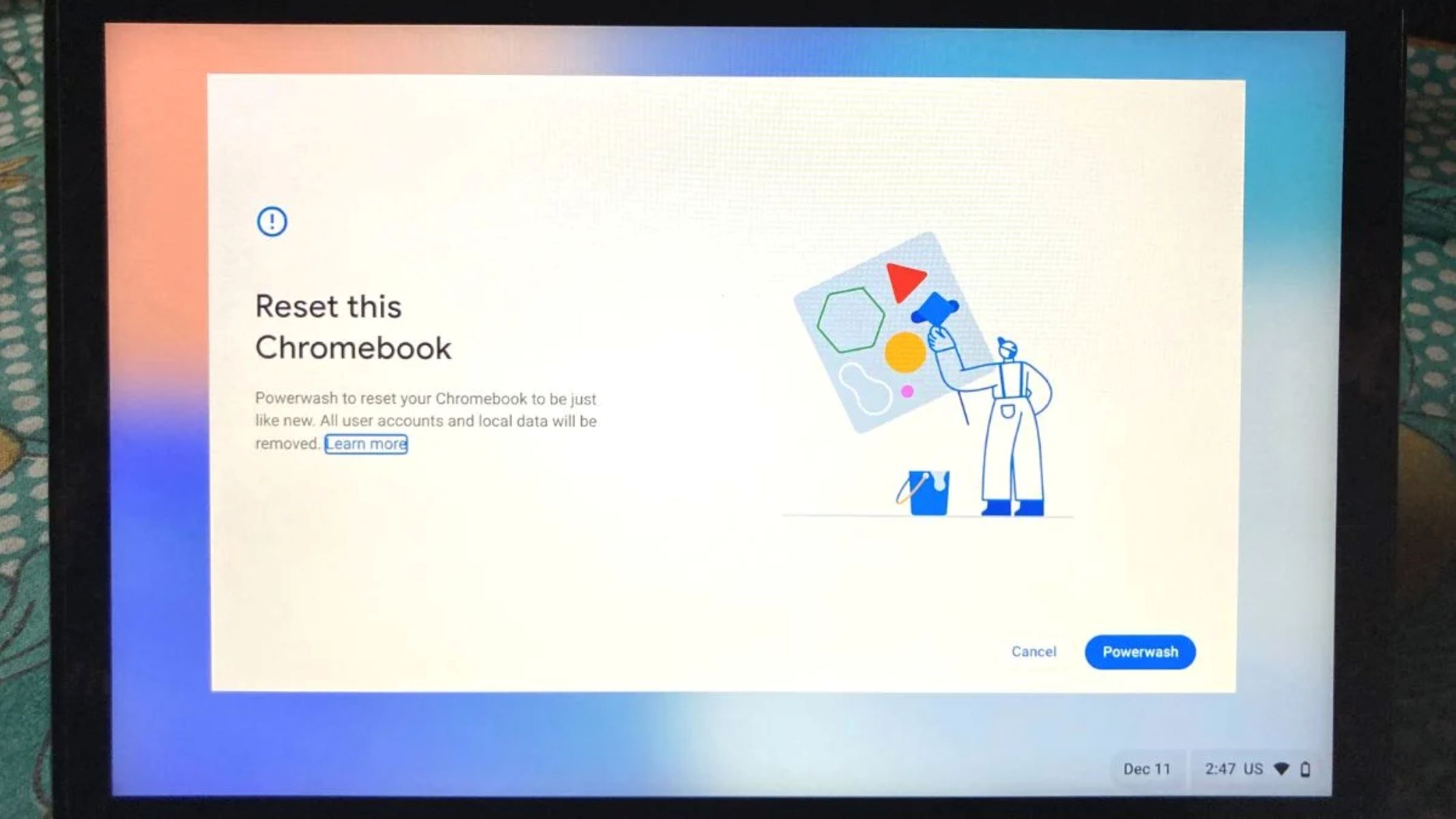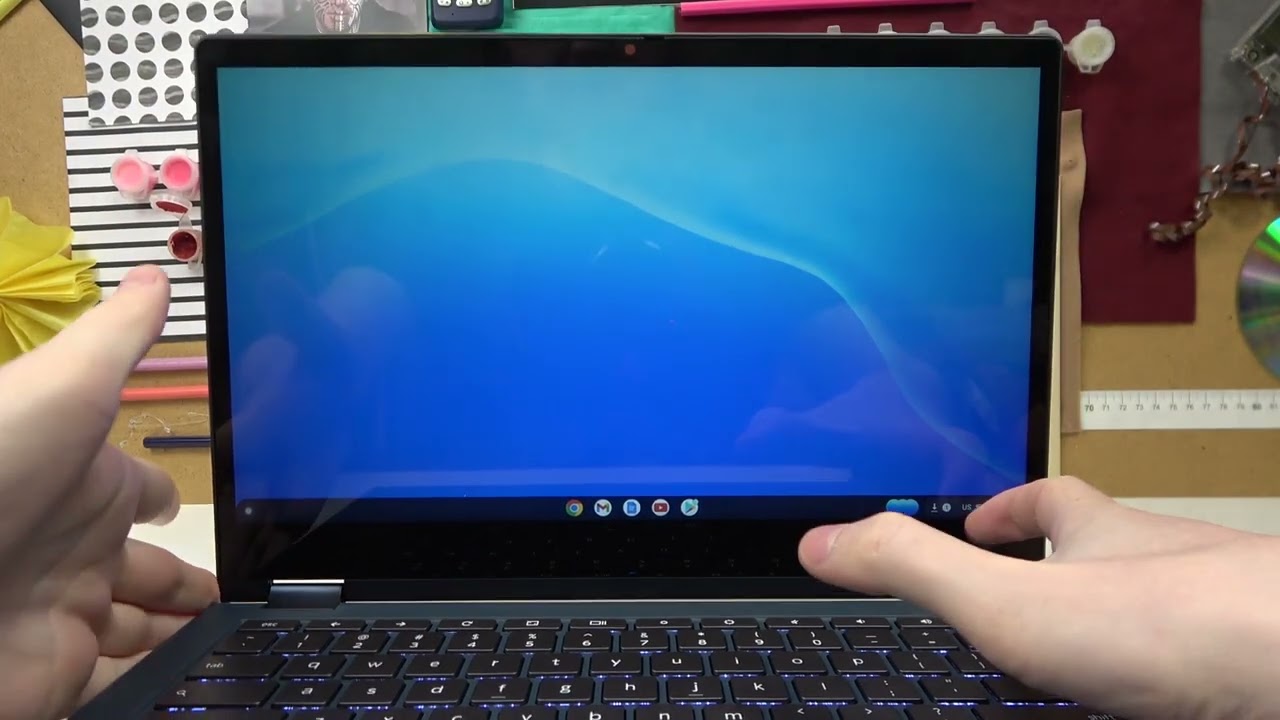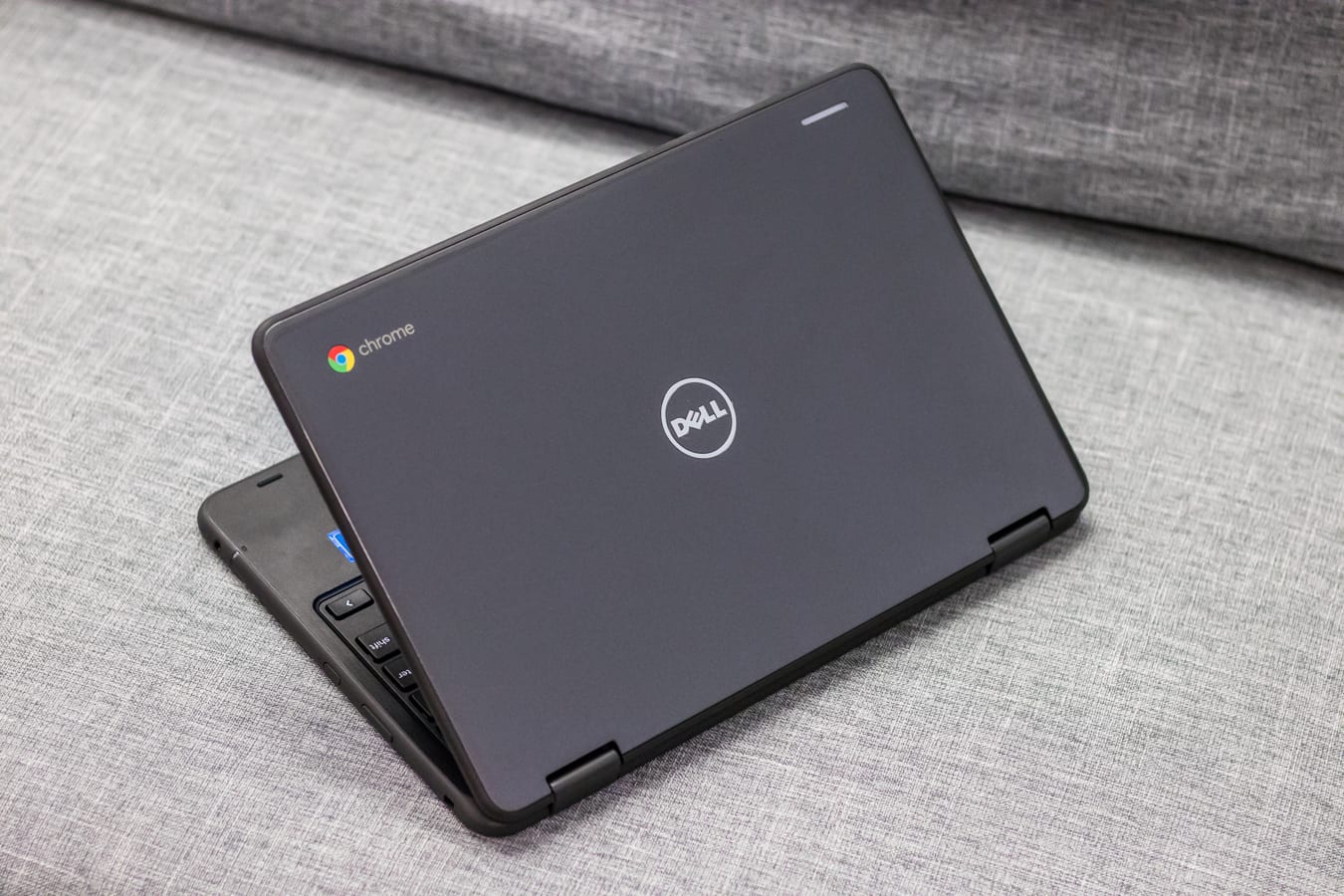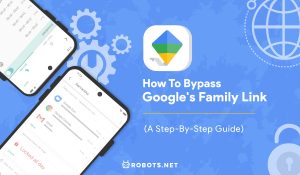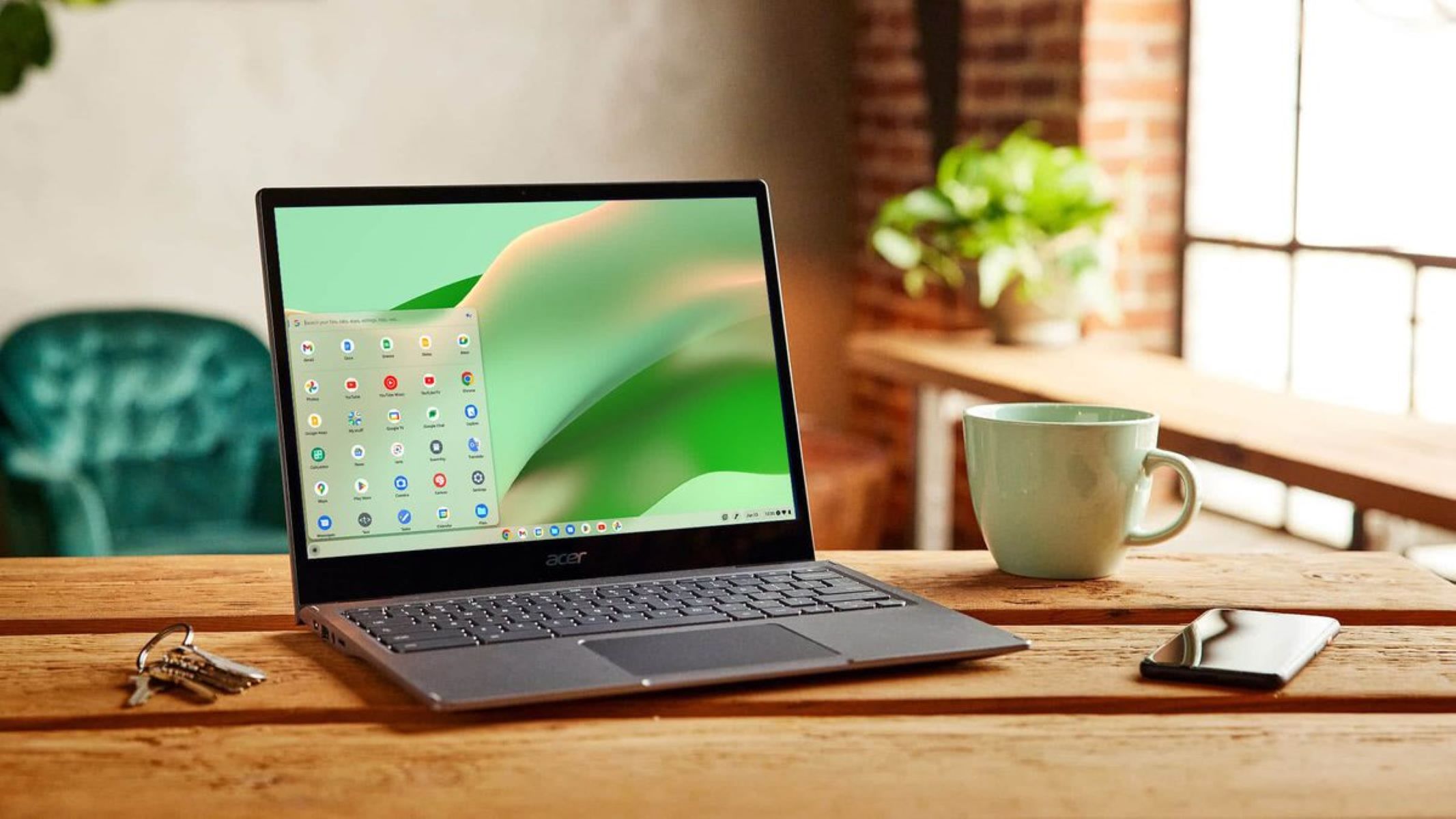Introduction
Welcome to our guide on how to factory reset a Samsung Chromebook without a password. Chromebooks are becoming increasingly popular due to their affordability, simplicity, and fast performance. However, there may come a time when you need to reset your Chromebook to its factory settings, especially if you have forgotten your password or encountered any other issues.
Performing a factory reset on a Samsung Chromebook will erase all the data on the device and revert it back to its original state, as if it was brand new out of the box. This process is often necessary when selling or giving away your Chromebook, as it ensures that all personal data and settings are removed.
In this article, we will explore several methods that you can use to perform a factory reset on your Samsung Chromebook even if you don’t have the password. Whether you want to start fresh, troubleshoot an issue, or simply regain access to your device, we’ve got you covered.
Please note that performing a factory reset will delete all files, documents, and installed applications from your Chromebook, so it is important to back up any important data before proceeding. Additionally, keep in mind that the steps mentioned in this guide are specifically for Samsung Chromebooks and may vary slightly for other models.
Now that we have covered the basics, let’s dive into the various methods that you can use to factory reset your Samsung Chromebook without a password.
Method 1: Performing a Powerwash
One of the easiest ways to factory reset your Samsung Chromebook without a password is by performing a powerwash. This process will remove all user accounts, settings, and locally stored data from your device, effectively restoring it to its original factory state.
Here’s how to perform a powerwash on your Samsung Chromebook:
- Start by logging out of your Chromebook, if you are currently signed in.
- On the sign-in screen, press the Ctrl + Shift + Alt + R keys simultaneously.
- A dialog box will appear, asking you to confirm the powerwash. Click on the Restart button.
- Your Chromebook will now reboot and begin the powerwash process. This may take a few minutes.
- Once the process is complete, your Chromebook will restart again and prompt you to set it up as if it were brand new. Follow the on-screen instructions to configure your device.
It’s important to note that performing a powerwash will erase all locally stored data on your Chromebook, including downloaded files, apps, and user profiles. However, any data synced with your Google account, such as bookmarks and extensions, will be restored once you sign back in.
This method is ideal when you want to quickly reset your Samsung Chromebook without the need for a password. However, if you are unable to access the sign-in screen or navigate the Chrome OS interface, you can try the next method that involves using shortcut keys.
Method 2: Using Shortcut Keys
If you’re unable to access the sign-in screen or navigate the Chrome OS interface on your Samsung Chromebook, you can use shortcut keys to perform a factory reset. This method allows you to reset your device without needing a password or interacting with the user interface.
Follow these steps to perform a factory reset using shortcut keys:
- Power off your Samsung Chromebook completely.
- Press and hold the Refresh key (typically located in the top row, above the number keys) and the Power button simultaneously.
- Release both buttons when the Chromebook starts to turn on.
- Your Chromebook will display a screen with a yellow exclamation mark icon.
- Press Ctrl + D on your keyboard to open the Chrome OS recovery screen.
- Follow the on-screen instructions to confirm the factory reset. This will erase all data on your Chromebook and restore it to its original factory settings.
- Once the process is complete, your Chromebook will restart and prompt you to set it up as if it were brand new.
Using shortcut keys to perform a factory reset is a useful method when you’re unable to access the Chrome OS interface or use the powerwash feature. It allows you to quickly initiate the reset process directly from the boot screen, without needing a password.
However, if the previous methods didn’t work for you or you want to explore more options, there are other methods you can try, such as using recovery mode or factory resetting through Chromebook settings. Let’s move on to the next method, which explains how to reset your Samsung Chromebook using recovery mode.
Method 3: Using Recovery Mode
If you’re unable to perform a factory reset using the previous methods, you can try using recovery mode to reset your Samsung Chromebook. Recovery mode allows you to reinstall the Chrome OS operating system, effectively returning your device to its factory settings.
Follow these steps to perform a factory reset using recovery mode:
- Start by turning off your Samsung Chromebook.
- Press and hold the Escape key and the Refresh key (typically located in the top row, above the number keys).
- While holding both keys, press the Power button to turn on your Chromebook.
- Continue holding the Escape and Refresh keys until you see a message on the screen that says, “Chrome OS is missing or damaged.”
- Release the Escape and Refresh keys.
- Follow the on-screen instructions to enter recovery mode. This may involve selecting your language, connecting to a network, and signing in to your Google account.
- Once you’re in recovery mode, select the option to reinstall the Chrome OS.
- Wait for the reinstallation process to complete. This may take some time.
- Once the process is finished, your Chromebook will restart and prompt you to set it up as if it were brand new.
Using recovery mode to perform a factory reset is a more advanced method and is particularly useful if your Chromebook has encountered serious system issues or if the previous methods have not worked for you. However, keep in mind that this process will erase all data on your device, so make sure to back up any important files before proceeding.
Now that we’ve covered recovery mode, let’s move on to the final method, which involves factory resetting your Samsung Chromebook through the Chromebook settings.
Method 4: Factory Reset through Chromebook Settings
If you have access to the Chromebook settings and prefer a more user-friendly method to perform a factory reset, you can do so through the Chromebook settings menu. This method allows you to initiate the reset process directly from the operating system, without the need for shortcut keys or recovery mode.
To factory reset your Samsung Chromebook through the Chromebook settings, follow these steps:
- Sign in to your Chromebook using the account for which you want to perform the factory reset.
- Click on the status area in the bottom-right corner of the screen (where the time and network icons are located).
- In the pop-up menu that appears, click on the gear-shaped icon to open the Chromebook settings.
- In the settings menu, scroll down and click on the Advanced option.
- Scroll down further until you find the Powerwash section.
- Click on the Powerwash button.
- A dialog box will appear, giving you a brief explanation of what the powerwash process entails. Click on the Restart button to proceed.
- Wait for your Chromebook to restart and initiate the powerwash. This process may take a few minutes.
- Once the powerwash is complete, your Chromebook will restart again and prompt you to set it up as if it were brand new.
Performing a factory reset through the Chromebook settings is a convenient method that doesn’t require any additional hardware or complex procedures. It’s a great option for users who want to reset their Samsung Chromebook without using shortcut keys or recovery mode.
Now that we’ve explored all the methods to factory reset your Samsung Chromebook without a password, you can choose the one that best suits your situation and preferences. Remember to back up any important data before proceeding with a factory reset, as this process will erase all data on your device.
Conclusion
In this guide, we have explored various methods to factory reset a Samsung Chromebook without a password. Whether you want to start fresh, troubleshoot an issue, or regain access to your device, these methods provide you with different options to restore your Chromebook to its factory settings.
We began by discussing the powerwash method, which allows you to perform a reset directly from the sign-in screen. This method is convenient when you can still access the Chrome OS interface and want to quickly erase all user data and settings.
If you’re unable to access the sign-in screen, we covered the shortcut keys method. This method allows you to initiate the factory reset directly from the boot screen. It’s a useful option when troubleshooting issues or when the powerwash method is not accessible.
If the previous methods didn’t work for you, we explored using recovery mode to reinstall the Chrome OS operating system. This advanced method is particularly useful when you’re facing severe system issues or need a complete reset.
Lastly, we discussed how to perform a factory reset through the Chromebook settings menu. This user-friendly method allows you to initiate the reset process directly from the operating system without the need for special keys or recovery mode.
Remember, performing a factory reset will erase all data on your Samsung Chromebook, so it’s crucial to back up any important files before proceeding. Additionally, keep in mind that the steps mentioned in this guide are specifically for Samsung Chromebooks and may vary slightly for other models.
Whichever method you choose to perform a factory reset, the goal is to restore your Samsung Chromebook to its original factory settings and start anew. By following the steps outlined in this guide, you can successfully accomplish this task even if you don’t have the password.
We hope this guide has been helpful to you. Now, you can confidently proceed with resetting your Samsung Chromebook and enjoy a fresh start with your device.







